I.
“Jesus,” Molly said, her own plate empty, “gimme that. You know what this costs?” She took his plate. “They gotta raise a whole animal for years and then they kill it. This isn’t vat stuff.”
–William Gibson, Neuromancer (1984)
Population growth is a sobering concept, if you’re willing to indulge. Who wants to hear that world’s population is growing by eighty-three million people a year? How will these people be fed? And what impact will feeding them have on the environment? These are questions that all tread toward some future catastrophe. And these looming questions also make for the most compelling science fiction.
As a curious species, humans love the “what if?’” that leads us to speculative futures where we live, eat and exist in bizarre ways that seem just around the corner. In a sense, the strongest science fiction narratives walk the edges of a familiar present and an almost realized future. Prime examples are the flying car, the space station, and the video phone; two of these tropes exist, and the other… soon? Early science fiction authors hypothesized that one day we would be eating meat grown in a lab, bypassing the need to slaughter an animal. And in 2013, Dr. Mark Post and his lab at the University of Maastricht actually grew a beef hamburger patty in a lab from cultured cow cells. Meat production has already strayed into the realm of science fiction.
II.
“I can remember when I was a kid, they had big fields down in South America where they grew all kinds of grain, and others where there were thousands and thousands of cows and other animals that they used to kill for food.”
–Nat Schachner, “Exiles of the Moon” (1931)
Picture the industrial landscapes of science fiction: leviathan farm structures loom at the edge of taut corn feeds. Perhaps these vast and massive agricultural sites are ran by robots or use automatons to handle the livestock. Perhaps the interior is glutted with thousands of cattle or hog dining on cheap feed. And maybe the thunderous cogs, pistons and pneumatic levers that keep the operation running all churn to some horrible beat. This could provide some insight into how the overpopulated world of the future is fed. Of course, science fiction functions on conjecture, so no farms of this magnitude have been realized yet. In reality, the animal feeding operations that produce much of the world’s meat supply have created a framework for the “farm of the future.” If future food is grown on farms the size of cities, it would be something of a natural evolution.
Humankind progressed exponentially when we realized animals could be harnessed for our gain. The earliest instance of domestication took place during the Neolithic Revolution, roughly ten thousand years ago—first was the dog, then sheep, then horse and so on. These innovators realized animals were a multifaceted tool that furthered the most basic instinct: survival. Animals could assist in the hunt, plow the field, provide milk, and be slaughtered for meat. Civilization was essentially born on the fact that more animals and domesticated grains meant more resources, which equated to expansionism and the development of complex cultures. Millennia later, the farm system still keeps much of the world fed, it just looks wildly different. So while the farm may be humankind’s crowning achievement for survival, the rate at which they have grown to feed an explosive population may also contribute to society’s downfall.
Industrial agribusiness produces most of the meat consumed in the United States; this sounds like something from a story, but it’s absolutely true. This is because the U.S. experienced a massive growth in the concentrated animal feeding operations, known more colloquially as factory farms. Since the 1960s, agriculture has taken on an industrial model, with mass production as the major operative. The zeitgeist of the factory farm makes perfect sense in realm of the late capitalist narrative particular to a post-war America. As suburbs expanded outward, family sizes doubled, and the need for affordable food helped foster new regulations that allowed the creation of massive livestock farms.
Cheap meat was realized with the CAFO (Confined Animal Feeding Operations) model. The idea first started with eggs. More eggs could be produced if there were more chickens on the farm, not to mention if these chickens didn’t have the ability to roam, move or eat quality feed. After that, pork, and then cattle. From a purely economic view, producing more of a product for less cost equates to a higher revenue; this is where corn enters the picture.
The give and take between the meat industry and the corn industry is an old relationship. Corn is a versatile crop that, for better or for worse, is something of a catch-all fuel supply in a number of industries. Enter “big meat”—the factory farm beef model operates on the idea that thousands of animals can be housed without the need for for extensive grazing land. In turn, cattle are fed a cocktail of corn and antibiotics. Corn is a cheap feed that keeps them alive, at minimum; and antibiotics not only stave off disease, they promote unnatural growth cycles. Simply put, livestock grows larger, faster and cheaper with this method. This, in its most basic form, is how factory farms turn a profit. Yet, from an ethical and environmental standpoint, the negatives of factory farming are too striking to ignore.
Picture again the monolithic farm of the future, a vehicle to critique the ethical conundrum of hyper-industrialization. On one hand advancement in technology allowed farmers to yield greater harvests. In the 1940s, tractor replaced horse, and this summates more or less to how industrial feed operations replaced smaller ranches. As farms were able to do more with less, animal welfare became less of a concern. Without the need for pastures, five hundred heads of cattle could exist under one roof living on corn and antibiotics. On the other hand, the environmental impact of the CAFO model is well documented and reads like the piece from Amazing Stories—lagoons of festering manure dot the terrain around these farm operations like some toxic moat. Likewise, a not so obvious effect is far more damning—roughly fifteen to twenty percent of all greenhouse gas production is attributed to factory farm emissions.
The physical realities of the factory farmed meat can border on the grotesque, but it is the primary agent for much of the world’s meat consumption. So with the question of sustainability in mind, is it necessary to supplant factory farmed meat with another version outside of plant-based alternatives? As Dr. Post points out, “Cultured meat will lead to a substantial saving in land and water usage, up to ninety percent.” With a growing community of cellular agriculturists, food pioneers argue that, yes we do. Sustainability in the meat industry is unclear, so the search for an environmentally sound, ethical alternative is coming not from the farm, but the laboratory.
How Cultured Beef Is Made
III.
“Even with the most intensive methods of cultivation, even with the synthetic food factories running day and night, there could not be produced enough to sustain life...”
–Nat Schachner, The Revolt of the Machines (1931)
If factory farms are trying to produce for an exploding population with little to no long term sustainability in mind, cellular agriculture (growing and harvesting of cells) aims to relieve that pressure. However, culturing meat takes a great deal of time, so it probably won’t completely disrupt the meat industry, nor is that really the bottom line. New Harvest, the only research institute focusing on advancing cellular agriculture, points out that if meat companies used cellular agriculture alongside standard methods, a larger global solution to meat production could be a possibility.
Cellular reproduction is not a new concept or practice, but cultured meat is essentially a meditation on how far it can go. In the process of creating cultured beef, muscle-specific stem cells are extracted from the cow and cultured. This is where things get interesting, the cell is placed in a substrate and multiplicity occurs. In isolation, cell proliferation brings the sample count to the trillions. This mass of cells is assembled into group of millions, and with this grouping comes small muscle tissues—the building blocks of something edible. To make this something edible into something familiar, the fibers are bound with more recognizable ingredients like salt and breadcrumbs.
When Dr. Post unveiled his cultured beef burger, much of the brouhaha was on at the price. It’s easy to gawk at the purported $300 thousand-plus price tag, but that probably says more about how consumers perceive cost than it does about production or value. To a degree, the burger was treated with the same novelty one might reserve for the costs of truffle or kobe beef, but even with a drastic drop in production costs, Post claims it would now only cost a little over $11 to produce a pound of culture meat; cost is besides the point. As Dr. Post points out, “Worldwide, seventy-percent of arable land is used for livestock. One kilogram of beef requires fifteen thousand liters of fresh water to produce,” so consumers might not be aware of the cost of meat distribution. Cost benefit analysis indicates the negative long term effects of the meat industry, and that a sustainable, albeit radical production can reduce the reliance on those resources.
Part of the excitement is the fact that an organic product is being grown for consumption without the need for slaughter. Yet, this the exact reason some people find it absurd. There’s no denying the phrases “test tube” and “in-vitro” come loaded with ethical connotations. The debate between science and naturalism have always circled around science going “too far,” and for many, meat essentially grown in a petri dish is too far. Synthetic biology has always raised a few eyebrows, but does the greater good outweigh the cost?
Premium beef is more expensive than factory farmed beef. Quality makes products unaffordable; such is the case with cultured beef. So while it’s ethical on an environmental scale, will be accessible to anyone who wants it? As Erin Kim of New Harvest points out, full-scale production of a cultured meat might start upmarket like more boutique plant-based alternatives, but greater interest and streamlined production could drop the price even further. If the ultimate takeaway to cellular agriculture is offering more cost effective ways to produce meat, than the price drop brings that idea closer to realization.
In the four years since the initial debut, a number of startups like Memphis Meats, Impossible Foods, and Dr. Post’s own Mosa Meats are aiming at production-scale output. There is no denying that cultured meat can be done and in due time, scaled to market; but the question remains, how will consumers interact with it? Prior to the time of launch, a number of surveys conducted in Europe indicated that somewhere between twenty to fifty percent of consumers would at least try cultured meat; for a new product, that’s enough interest to go to market.
However, some critics argue that cultured meat doesn’t represent true culinary innovation. That is to say, in the culinary world, eating and enjoying are two vastly different things. Of the twenty to fifty percent willing to try cultured meat, would they continue to buy and actively consume if the taste was not fully developed? It’s generally agreed upon that some fat is the quietus that makes a meat delectable, so for a product is that is essentially a culture of muscle, many would argue that a necessary element is missing.
Food, at its most basic function, is to sustain life; this is exactly what has drawn science fiction to it time and again. But eating strictly for utility is the antithesis of any culinary pursuit. This balance between ethics and experience is a primary concern amongst stakeholders. If cultured meat product goes to market, it has to taste good. This is something of a challenge at the moment because the culinary point of view that comes from engaging chefs is missing in these early stages. That isn’t to say this input won’t materialize in future products, but most cellular agriculture companies are still working on fine tuning the basics and producing at a scale.
IV.
“A few of the outback planets where they haven’t the technology for pseudoflesh still raise cattle for food.”
–Frank Herbert, Whipping Star (1969)
We’ve long lived amongst the ideas of Dick, Butler, Asimov and other speculative soothsayers in subtle, almost prosaic ways. There are no colonies on other planets or alien overlords, but in terms of technological advances, we are automated and hyperconnected. Amongst a rapid development, consuming food has masqueraded as an unchanged aspect of human life, but at its core, the way we eat has evolved with us. Dr. Post revealed how far cellular agriculture had come when his team grew them on strips of muscle from the stems of a cow, and turned the resulting cultured beef into a hamburger patty. A hamburger, so plainsong and recognizable, is the most fitting way to present something as radical as meat grown in a culture dish. If food consumption, much like science fiction, operates on the familiar, disguising the uncharted as a diner classic is perhaps the ultimate trompe l’oeil.
Special thanks to Erin Kim, Communications Director of New Harvest and Dr. Mark Post, Maastricht University.

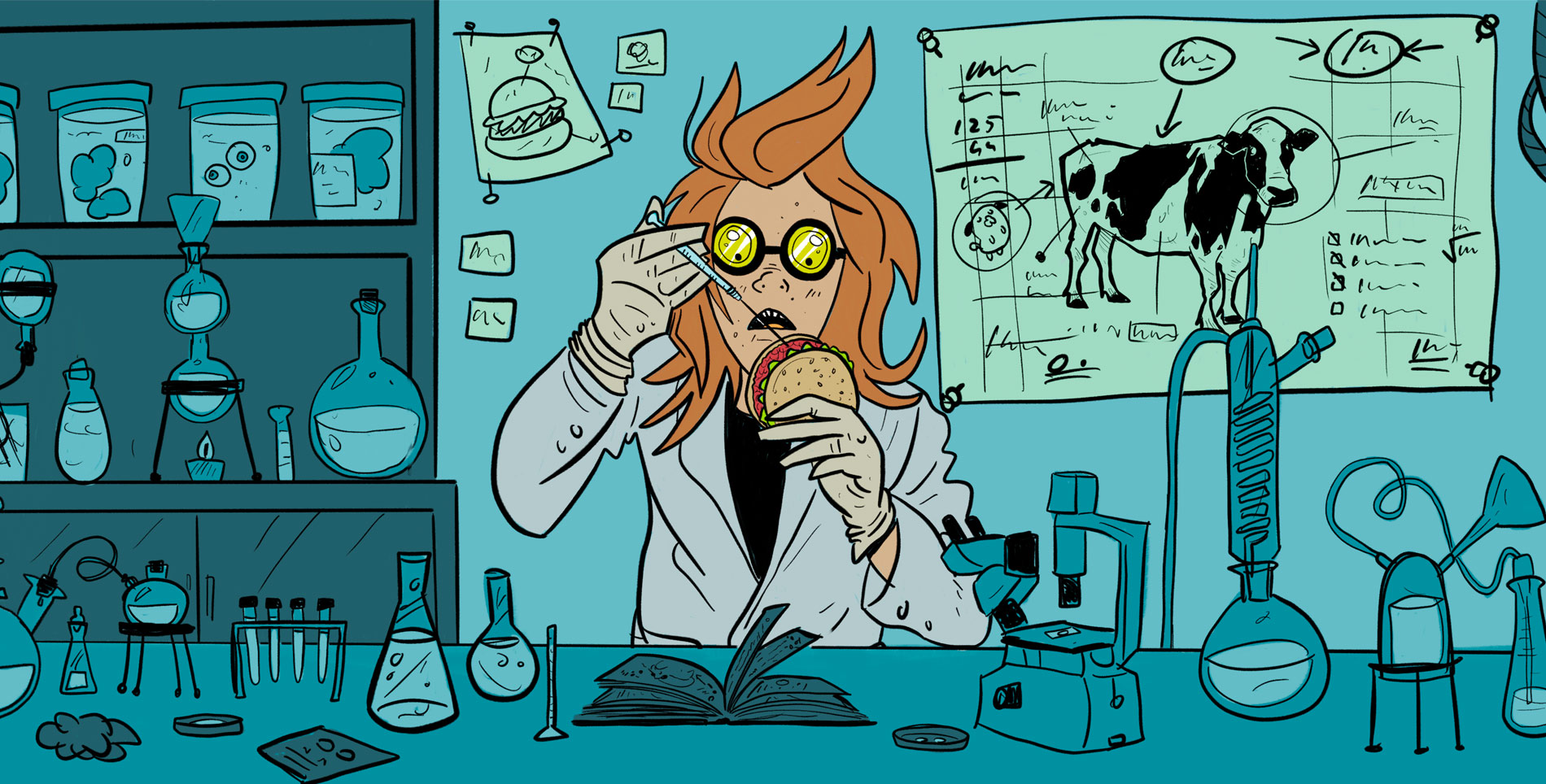
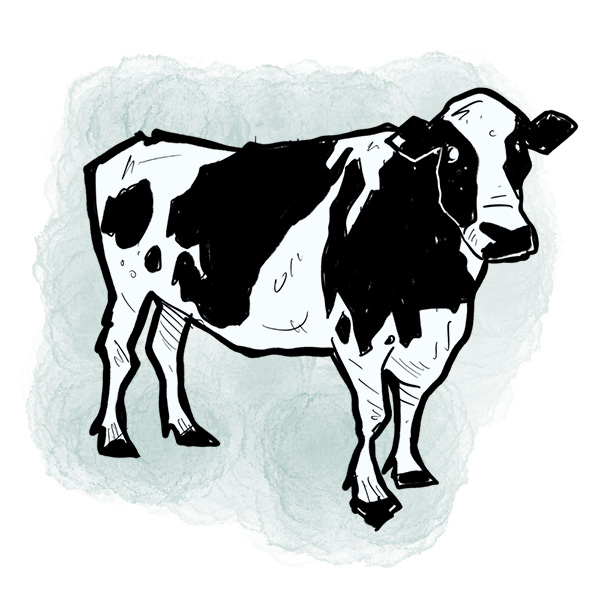
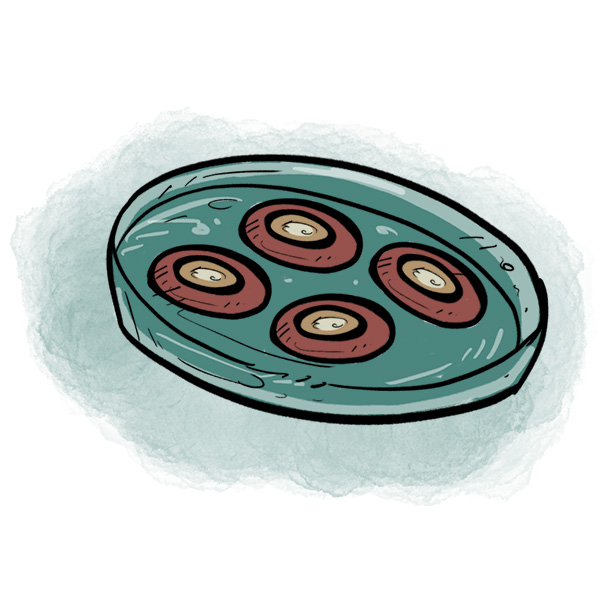
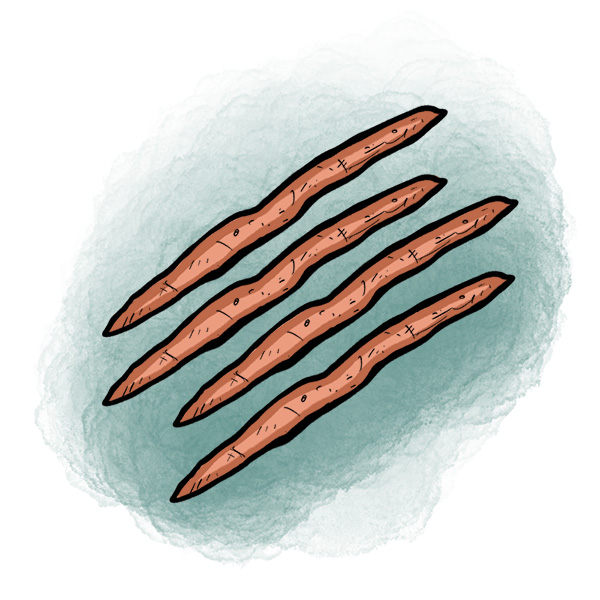
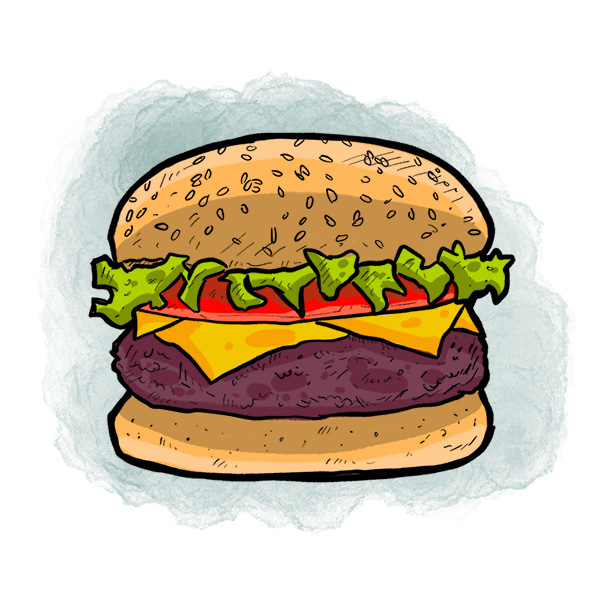

Our comments section is for members only.
Join today to gain exclusive access.